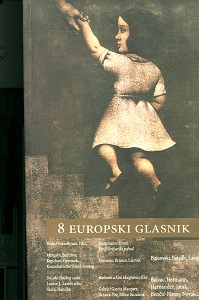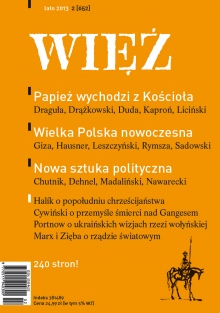Author(s): Anamaria Zahariade / Language(s): English
Issue: Special ed/2004
I set out to deal in this paper with the aesthetic category of the beautiful as reflected in the theory of architecture (whatever the theory of architecture may mean) – a huge and highly problematic subject, and as such an almost irresponsible choice. However, there are two arguments in my favor. The first comes from an old article in the Secolul XX magazine, which argues that if Romanians don’t make universal issues their concern, Romanian culture will never trespass narrow national frontiers or become solid enough and interesting to others [to foreign cultures].2 If one reflects, with this in mind, on Romanian architectural culture, one tends to conclude that it is still in a larval stage, represented, at its best, by a collection of essays, and that it has scarcely resorted to the primary sources of world architectural culture. Being seriously involved in the theory of architecture, itself a discipline in crisis, this seemed to me an acceptable reason to approach – by going to the sources – a topic whose avoidance does not demonstrate its obsolescence, but its overproblematic nature. This does not mean that I am going to overcome the provincial barriers encircling the Romanian architectural milieu. Most probably I will not, but it is worth trying, at least in order to whet the appetite of my students. The second argument comes from Umberto Eco. According to him, when choosing the subject of a one-year study, it is possible to make your choice in such a way that the final dissertation is transformed in “the starting point of an ampler research, meant to last for years on, supposing that you have the opportunity and the appetite for this endeavor”.3
More...


